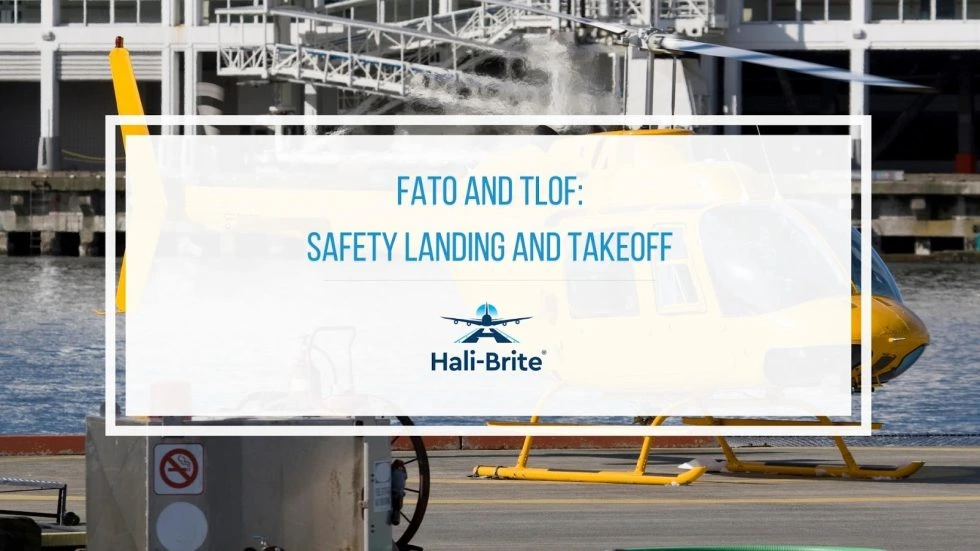
by admin | Feb 27, 2023 | Heliport & Vertiport Lighting
Although helicopter and airplane pilots fly different aircraft, they both require lighting aids as guidance during night flights. However, unlike the standard airport lighting aids utilized by airport pilots, helicopter pilots use heliport lighting equipment...

by admin | Jan 20, 2023 | Heliport & Vertiport Lighting
The Federal Aviation Administration (FAA) and The International Civil Aviation Organization (ICAO) are aviation authorities that regulate guidelines in all aspects of civil air transport. Airports and heliports adhere to the standards and recommendations set by these...

by admin | Oct 31, 2022 | Heliport & Vertiport Lighting
Just as a lighthouse guides sailors and ships to safety, heliport markings and lighting aids also serve as navigational guides to pilots and aircraft. Heliport markings and other lighting aids help make the entire facility safe for aircraft and people. Its purpose is...

by admin | Sep 14, 2022 | Heliport & Vertiport Lighting
People who work around helicopters must observe the safety guidelines during landing and takeoff in heliports. Understanding the hazards and taking precautions involving heliport operations protects the pilot and everyone in the immediate surrounding. Following...

by admin | Aug 14, 2022 | Heliport & Vertiport Lighting, Wind Cones & Indicators
A vertiport is an area designed to support the takeoff and landing operations of electric vertical landing and takeoff (eVTOL) vehicles. Like heliports, vertiports are also equipped with visual instruments, such as identification beacons and wind cones, that provide...

by admin | Jul 13, 2022 | Heliport & Vertiport Lighting
Several aerospace companies are gearing up toward Urban Air Mobility (UAM), also known as Advanced Air Mobility (AAM). UAM/AAM is a revolutionary air transportation system that transports passengers and freight from one location to another using an electric vertical...







